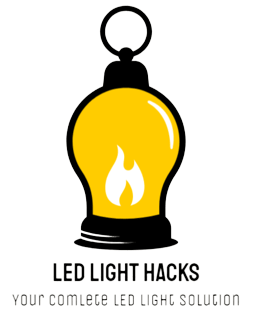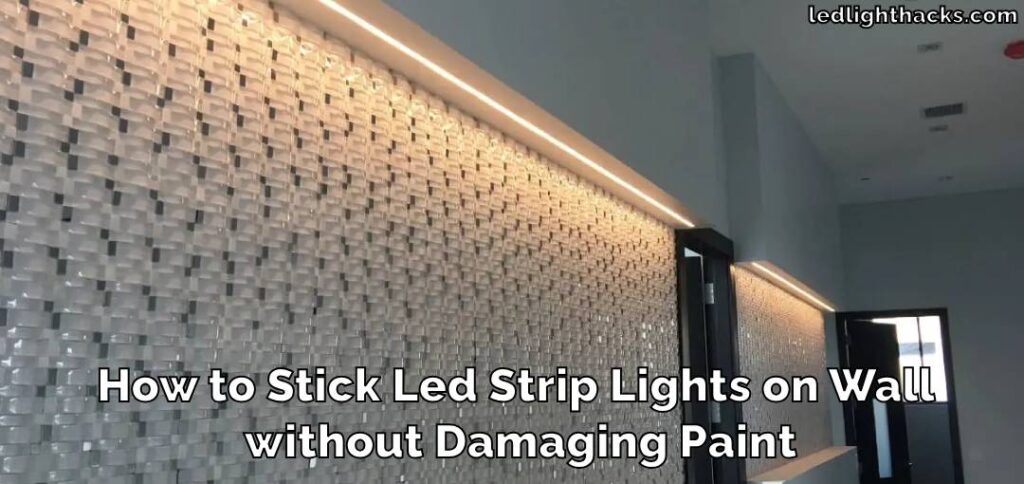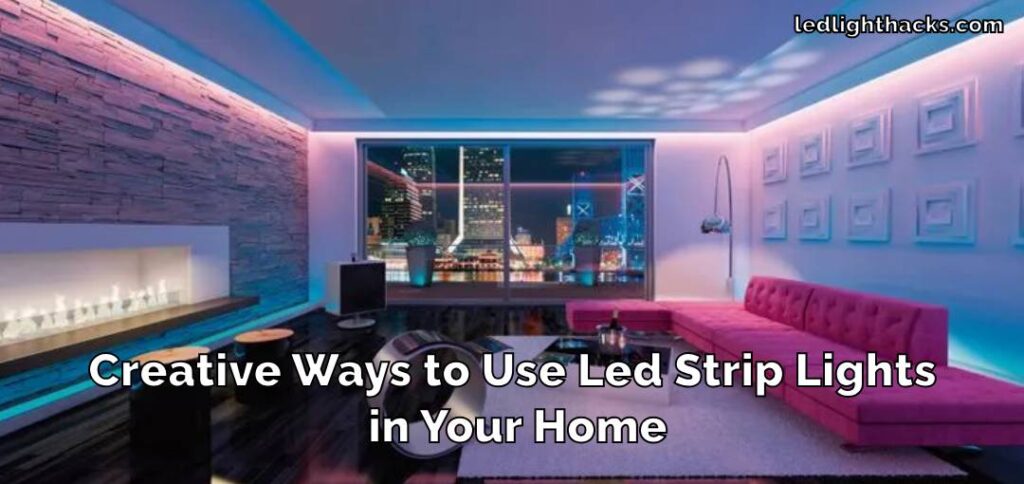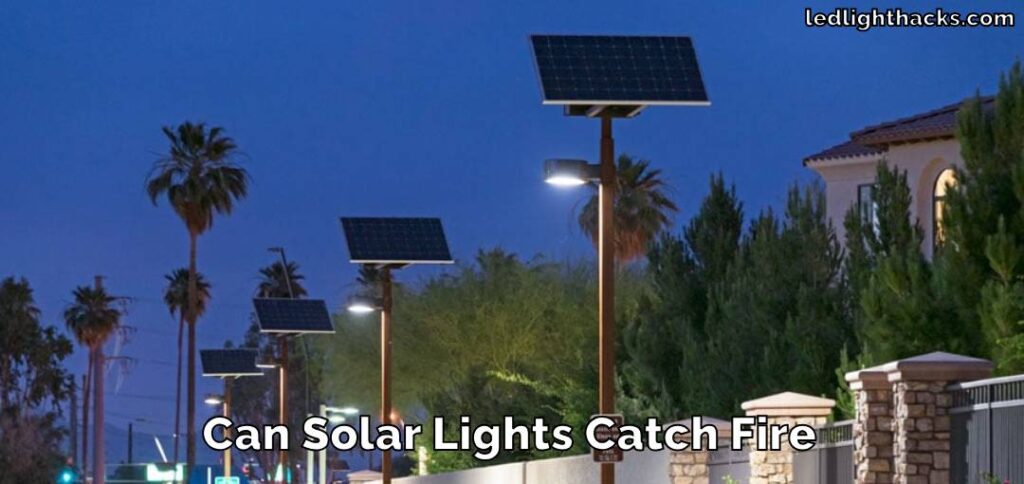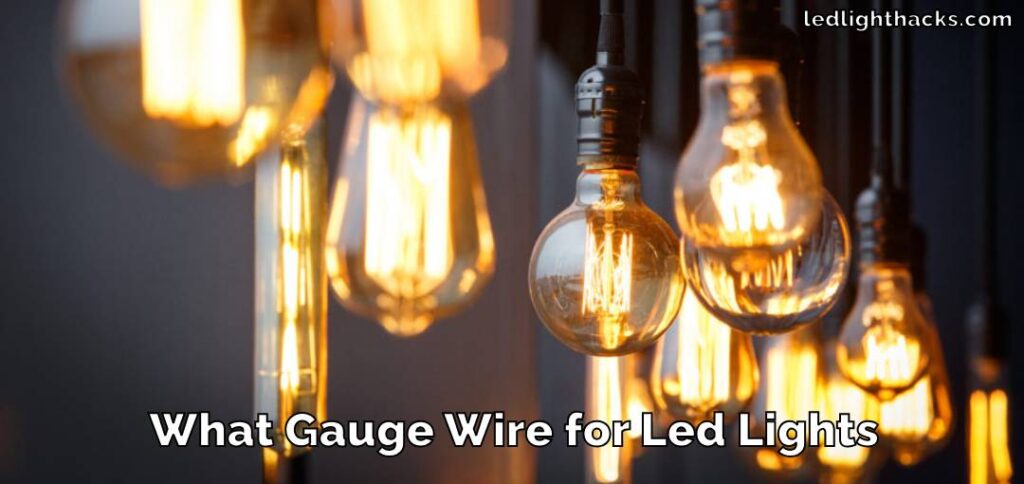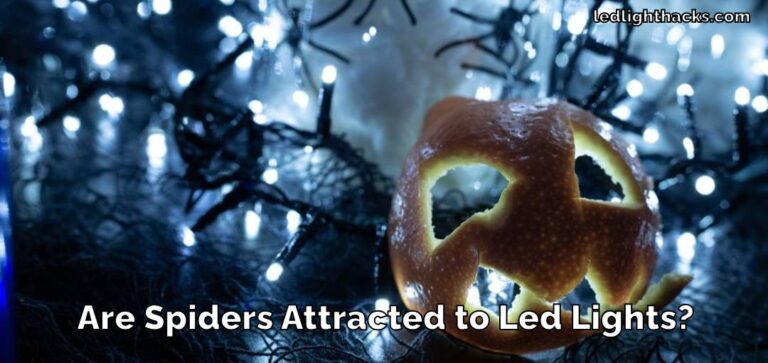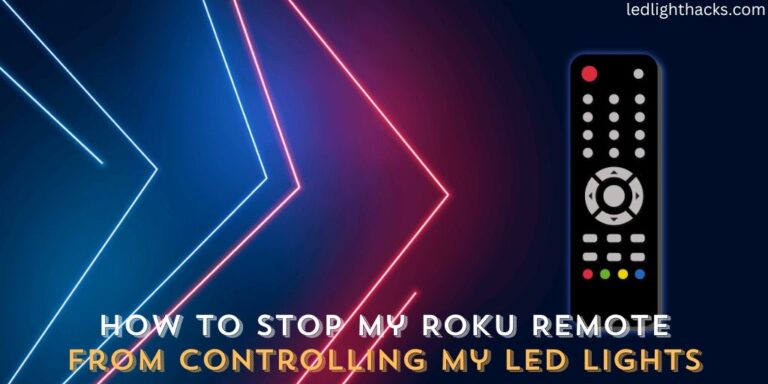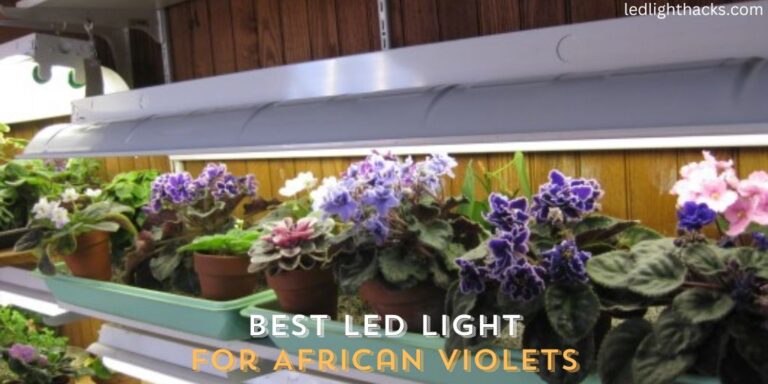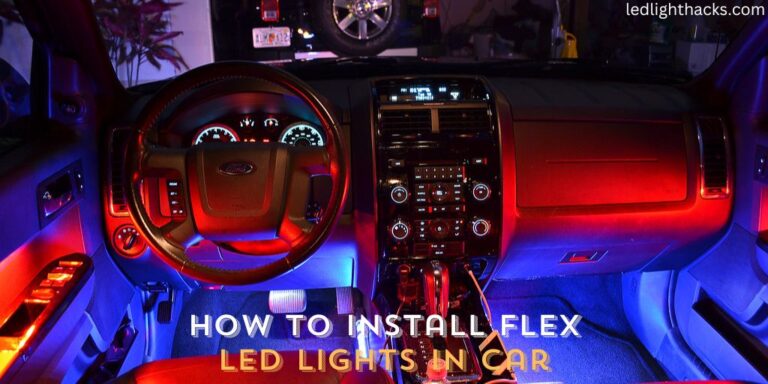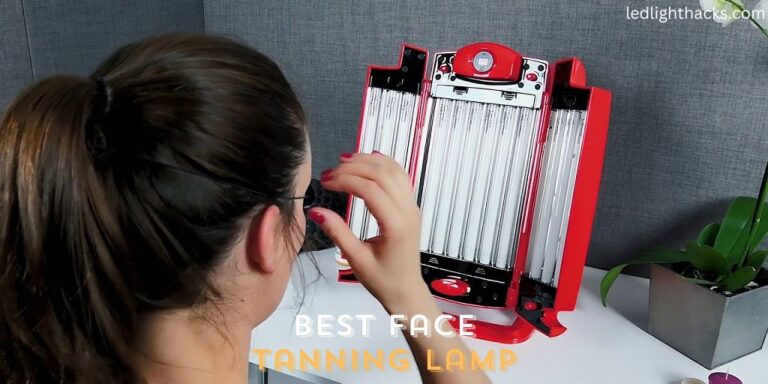Can Led Lights Get Wet
LED lights are everywhere, from homes to city streets, known for their efficiency and brightness. But what happens when they get wet?
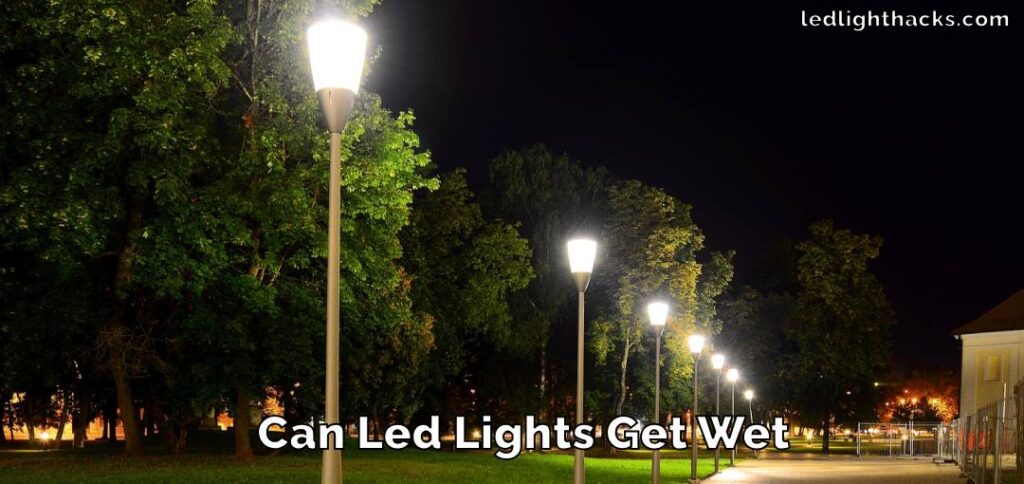
It’s a question Can LED Lights Get Wet worth asking, especially if you’re thinking about outdoor or bathroom lighting? Let’s dive into the basics of LED lights and water, keeping it simple and clear.
Understanding LED Lights and Water Exposure
When we say LED lights can get wet, we’re talking about different kinds of water contact. This can range from light splashes, like a bit of rain hitting your outdoor lights, to the air’s humidity affecting lights in a steamy bathroom, and even complete submersion, where lights might be underwater in a pool or fountain.
Understanding how LED lights interact with water is crucial for choosing the right type for your needs. Now, there’s a big difference between water-resistant and waterproof LED lights. Water-resistant LEDs are designed to handle minor encounters with water — think of a light mist or droplets that might splash against them in a kitchen or bathroom.
They have some protection, but it’s not foolproof. If you accidentally splash water on them, they should be fine, but they’re not meant to be soaked. Waterproof LEDs, on the other hand, are the heavy lifters. These lights are built to withstand not just splashes, but also complete submersion in water for extended periods.
They’re the ones you want for lighting a swimming pool, a fountain, or any outdoor setting where the lights will be exposed to lots of water. These differences are key to picking the right LED lights for your home, garden, or any project.
Whether you’re looking to light up a bathroom with high humidity or install lights in a pond, knowing the capabilities of water-resistant versus waterproof LED lights will guide your choice, ensuring you get lighting that not only looks good but also lasts long, no matter the weather or environment.
Can LED Lights Get Wet? It’s All About the Ratings
Yes, LED lights can get wet, but how well they handle it depends on their IP (Ingress Protection) ratings, specifically IP65 to IP68 for water exposure.

When it comes to getting wet. This topic is more than just about whether your LED light bulb can handle a splash or two; it’s about understanding the level of protection your lights have against water, which directly impacts their durability and safety.
When we talk about LED lights and their interaction with water, we often hear about IP ratings. These ratings are crucial because they tell us about the resistance of electrical components, including our everyday LED lights, to elements like dust and water. Specifically, for water exposure, we focus on ratings between IP65 and IP68.

IP65-rated lights offer a solid defense against water jets from any direction. Imagine outfitting your backyard or the exterior of your home with these lights. They’re designed to withstand wet locations, protecting the light fixture from rain and your garden’s sprinkler system without a hitch.

Stepping up to IP66, these lights are built to endure powerful water jets. If your area experiences heavy downpours or you intend to use a high-pressure water spray for cleaning, IP66 lights maintain their brilliance, ensuring no direct contact with water damages them.

IP67 takes water resistance further. These lights are equipped to be submerged in up to a meter of water for about half an hour. Ideal for adding a glow to your fountain or pond’s edge, they’re engineered for more than just surviving damp environments; they thrive in them.

The pinnacle of water protection is IP68. Lights with this rating can stay submerged in water beyond a meter deep, for extended periods. Perfect for lighting up your swimming pool or any outdoor setup that’s fully underwater, IP68 offers complete protection against water intrusion.
But it’s not just about resistance to water or the ability to work in humid conditions. The design and materials of these LED lights play a significant role in their efficiency and durability.
Wet-rated LED lights, waterproof strips, and outdoor string lights are crafted with waterproof materials, offering not just protection against water jets or submersion but also against the risks associated with electric shocks and water damage.
Moreover, advancements in LED technology have significantly improved the energy efficiency and safety of these lights. With safety certifications and adherence to safety standards, modern LED lights are designed to operate in cooler temperatures and extreme weather conditions without compromising their performance or safety.
It’s essential to consider the type of light and its intended use, especially in environments prone to direct contact with water or exposure to extreme conditions. Whether it’s for a damp environment or direct submersion in water, the level of protection, indicated by the IP rating, guides you in choosing the right LED light.
So, when planning your outdoor or even indoor lighting where moisture is a concern, always check the wet ratings and ensure your lights are up for the challenge. From waterproof levels to safety tips, choosing the right LED light enhances not just the ambiance but also ensures a safe and energy-efficient lighting solution.
Remember, in the realm of LED lights, it’s all about the perfect match between advanced technology and the environmental conditions they are designed to withstand.
The Science Behind LED Waterproofing
Diving into how LED lights keep the water out starts with understanding the shield they wear, known as the IP (Ingress Protection) rating. Think of this rating as a superhero’s armor, designed to protect them from dust and water.
The IP rating has two numbers that tell you how well an LED light can stand against these elements. The first number is all about defense against solids like dust, but it’s the second number that we’re zooming in on, as it tells us about the light’s ability to handle water.
When we break down the IP rating numbers for water resistance, the journey begins at 0, meaning no protection, and climbs all the way up to 8, signaling that the light can brave long swims underwater. For instance, an IP65 rating means the light can take jets of water from any direction without flinching.
Imagine setting up a sprinkler system in your garden; IP65 lights installed around wouldn’t mind the shower. On the higher end, IP68 lights can go for a dive, fully submerged underwater for extended periods, making them perfect for underwater lighting in pools or fountains.
So, how do LED lights achieve this level of waterproofing? It’s all in the materials and design. Manufacturers use durable, water-resistant materials like silicone seals to prevent water from sneaking inside.
The design also plays a critical role – from tightly sealed casings to ensure no water can enter, to the strategic placement of components to avoid water contact. These lights are meticulously engineered to stand up to water, whether it’s a light sprinkle or a deep dive.
This science of waterproofing in LED lights can help you make informed decisions when choosing lighting for different settings. Whether you need lights that can handle a rainy day or ones that can live underwater, the IP rating, backed by smart materials and design, guides you to the right choice, ensuring your lights keep shining bright, come rain or shine.
Installation and Usage Tips for Wet Environments
Here’s a step-by-step guide to installing and using LED lights in wet environments, ensuring safety and longevity:
Step 1: Choose the Right IP Rating
For Outdoor Areas (Gardens, Patios): Select LED lights with at least an IP65 rating to withstand rain and sprinkler systems.
For Bathrooms and Kitchens: IP65-rated LEDs are also suitable here for their resistance to steam and splashes.
For Pools and Fountains: Opt for IP67 or IP68-rated LEDs, which are designed for full submersion.
Step 2: Purchase Quality Fixtures
Ensure that all LED fixtures and bulbs are from reputable manufacturers, guaranteeing the IP rating’s accuracy.
Step 3: Seal Fixtures Properly
Double-check that all fixtures and connectors are fully sealed against water. Even small gaps can lead to water damage.
Step 4: Professional Installation for Complex Setups
For installations that involve submerged lighting or complex outdoor setups, consider hiring a professional to ensure safety and correct installation.
Step 5: Use the Right Cables and Connections
Ensure all wiring is suitable for wet conditions. Look for cables and connections rated for outdoor use or wet environments to prevent electrical hazards.
Step 6: Route Cables Safely
Arrange cables to avoid areas where water pools. Use clips or conduits to protect wires from water and physical damage.
Step 7: Regular Maintenance
Periodically check your LED lights, cables, and fixtures for signs of wear or water ingress. Regular maintenance helps catch issues before they become serious problems.
Step 8: Follow Manufacturer’s Instructions
Always adhere to the installation and care instructions provided by the LED manufacturer. This ensures optimal performance and longevity of your lighting.
By following these steps, you can enjoy the beauty and efficiency of LED lighting in any wet environment, worry-free.
Maintenance and Care
- Regular Checks: Periodically inspect your LED lights for any signs of wear or damage, especially the seals that keep water out. Even lights designed for wet conditions can wear out over time.
- Cleaning: Gently clean your LED fixtures to remove any debris, dirt, or water stains. Use a soft, dry cloth to avoid scratching the surface. For tougher stains, a damp cloth with mild soap can be used, but ensure the light is off and cool.
- Seal Checks: Make sure the seals and gaskets remain intact. If you notice any cracking or wear, it might be time to replace them to prevent water from getting inside.
Signs of Water Damage
- Flickering Lights: If your LEDs start flickering or behaving erratically, it could be a sign of water infiltration.
- Corrosion: Look for any signs of rust or corrosion around the fixture or on the LED bulb itself. This is a clear indicator that moisture is affecting the light.
- Dimming or Color Changes: Unexpected dimming or color shifts can also signal moisture issues.
Safety First: Electrical Hazards and Wet LEDs
Using LED lights in wet conditions demands caution. Electricity and water are a risky combo, so here’s how to stay safe:
- Waterproof Connectors: Always use waterproof connectors and cables designed for outdoor or wet environments.
- Professional Installation: For complex installations, especially those involving submerged lights, hiring a professional ensures everything is done safely and up to code.
- Immediate Action: If water damage is suspected, turn off the power to the affected lights immediately and have them inspected by a professional.
Innovations in Wet-Proof LED Lighting
Technology never stands still, and LED lighting is no exception. Recent advancements have pushed the envelope on water resistance:
- Advanced Materials: Innovations in materials, like better seals and more durable coatings, offer improved protection against water.
- Smart Design: LED lights are being designed smarter, with features that allow them to shed water more effectively, reducing the risk of water damage.
- Wireless and Low Voltage Options: These reduce the risk of electrical hazards in wet conditions, making LEDs safer than ever.
Future Trends
Looking ahead, LED lighting is set to become even more resilient and efficient in wet and harsh environments:
- Increased IP Ratings: Expect to see LEDs with even higher IP ratings, making them virtually impervious to water.
- Integration with Smart Home Systems: Future LED lights will not only be water-resistant but also smarter, easily controlled, and monitored for any issues via smart home systems.
- Eco-Friendly Materials: As sustainability becomes a priority, the materials used in waterproofing LEDs will evolve to be more eco-friendly without compromising on performance.
By keeping up with maintenance, staying alert to signs of water damage, and adhering to safety practices, you can enjoy the benefits of LED lighting in any environment, come rain or shine.
Meanwhile, technological advancements continue to enhance the durability and safety of LED lights in the face of water and other challenging conditions.
Choosing the Right LED for Your Needs
The perfect LED light isn’t just about picking the brightest bulb; it’s about finding the right fit for your space, needs, and budget. Whether you’re lighting up a cozy corner of your home or making sure your outdoor spaces shine bright through rain and shine, here’s how to nail your choice:
Consider Your Environment
Indoors or Outdoors: Indoor lights might not need the heavy-duty water resistance that outdoor lights do. For outdoor use, especially in areas that see a lot of rain or have a pool, look for LEDs with high IP ratings like IP65 or above to ensure they can handle the wet conditions.
Ambiance: Think about the mood you want to create. Warm lights work wonders in cozy, intimate spaces, while cooler lights are great for brightening up workspaces.
Usage Needs
Activity-Based Lighting: For tasks like reading or cooking, choose LEDs with higher brightness (lumens) and cooler color temperatures to ensure clarity and reduce strain on your eyes.
Decorative Purposes: If you’re aiming for the atmosphere, dimmable LEDs or ones with warmer tones might be the way to go. They can create a welcoming vibe in living rooms or patios.
Safety and Security: Bright, wide-coverage LED lights are ideal for entryways, walkways, and other areas where safety is a priority.
Budget Considerations
Initial vs. Long-Term Cost: While some LED lights might be more expensive upfront, their longer lifespan and lower energy consumption can save money in the long run.
Quality vs. Price: Investing a bit more in reputable brands can offer better durability, especially for LEDs used in challenging outdoor conditions.
Reputable Brands
When it comes to finding LEDs that can brave the wettest weather without blinking, some brands have built a solid reputation. Look for companies that specialize in outdoor lighting and have a track record of high-quality, waterproof, or water-resistant products.
Brands like Philips Hue, Cree, and GE offer a range of LED lights that are praised for their durability in wet conditions. They provide a variety of options that suit both your aesthetic and functional needs, ensuring that you’re investing in lights that won’t just last but will also elevate your spaces.
Choosing the right LED lights comes down to understanding your specific needs, the challenges of your environment, and how much you’re willing to invest. By considering these factors and opting for trusted brands known for their robustness against water, you’re well on your way to lighting up your life, come rain or shine.
Conclusion
It’s essential to grasp the significance of how LED lights respond to water, pivotal information that hinges on their IP ratings. These figures are far from arbitrary; they are essential indicators that help you choose lighting solutions capable of withstanding moisture and direct water contact.
By prioritizing these ratings and the specific needs of your installation environment, you equip yourself to make savvy decisions, ensuring your LED lighting not only illuminates your space effectively but also stands resilient against the elements.
Read Also – Creative Ways to Use LED Strip Lights in Your Home
How to Change a Light Switch without Turning Off the Power
Mastering the skill of changing a light switch without turning off the power holds great…
How To Stick LED Strip Lights On Wall Without Damaging Paint
LED light strips have surged in popularity, adorning homes and spaces with their vibrant colors…
Can Led Lights Get Wet
LED lights are everywhere, from homes to city streets, known for their efficiency and brightness….
Creative Ways to Use LED Strip Lights in Your Home
LED strip lights, those brilliant strips of technology, serve as a beacon of innovation in…
Can Solar Lights Catch Fire
Solar garden lights are your go-to pal for lighting up your backyard oasis while keeping…
What gauge wire for LED lights
When diving into LED lighting, one aspect that might not catch your eye at first…
